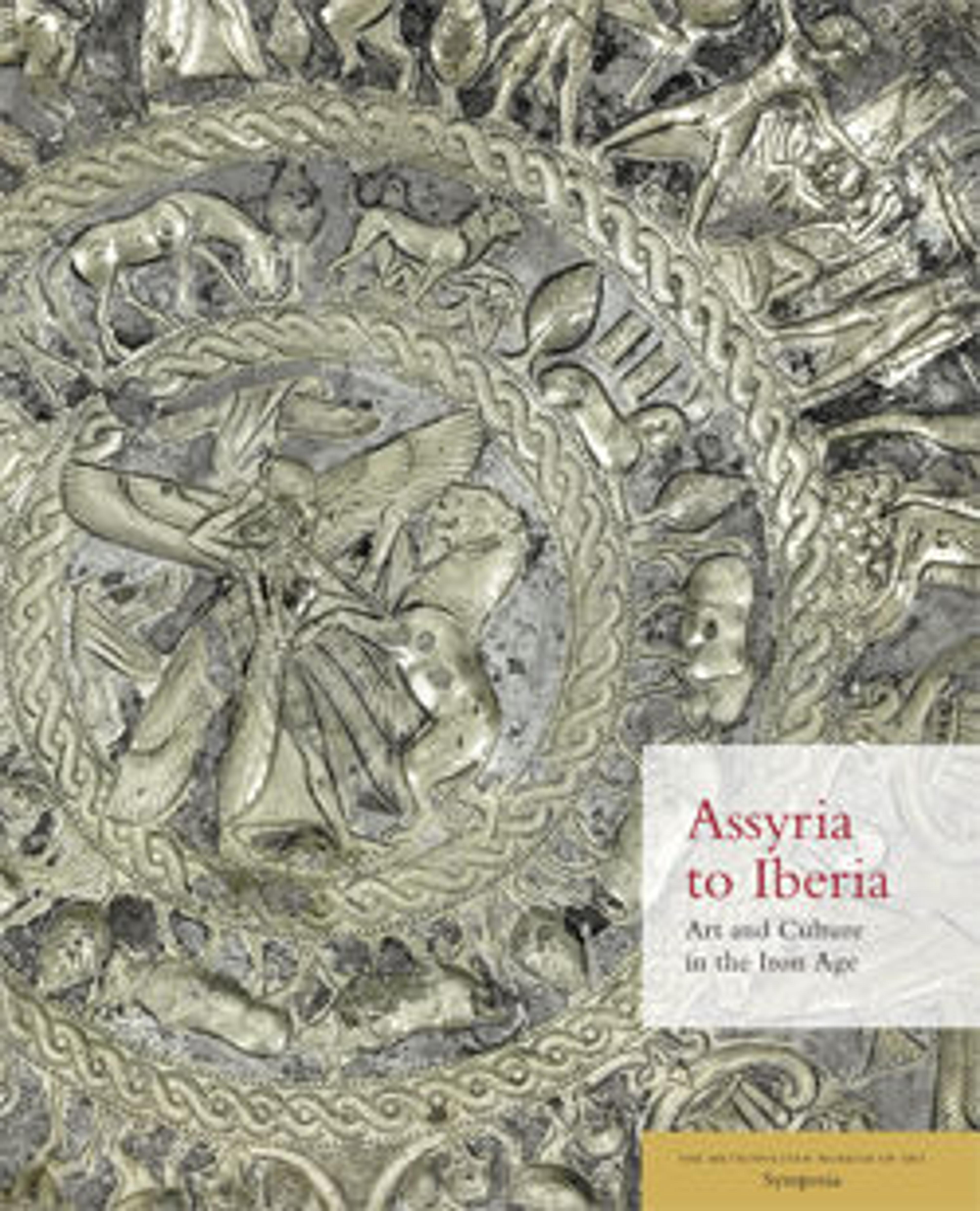Parrying Dagger
From the early sixteenth century onward, the practice of wearing a sword or rapier with civilian dress made duels between unarmored opponents more common. Lacking the armor or shield worn in battle, combatants had to block or parry an attack by other means. Methods of defense included the use of a dagger or a buckler (small shield) held in the left hand and an increased reliance on parries made with the rapier itself.
During the sixteenth and seventeenth centuries, distinct schools of fencing developed rapidly in Italy, France, Germany, and Spain. Instruction in the art and science of fencing became an indispensable part of a nobleman’s education. Consequently, accomplished fencing masters were hired to teach at the principal courts and universities of Europe.
From about 1525 to about 1625, the rapier was worn regularly in tandem with a parrying dagger. They were sometimes made and decorated as a set. By the mid-seventeenth century, however, parrying with the rapier blade alone had become the preferred style as a result of the development of refined fencing techniques and lighter, smaller rapiers. Most forms of left-hand parries were abandoned, except in southern Italy and Spain, where parrying daggers remained popular well into the eighteenth century.
During the sixteenth and seventeenth centuries, distinct schools of fencing developed rapidly in Italy, France, Germany, and Spain. Instruction in the art and science of fencing became an indispensable part of a nobleman’s education. Consequently, accomplished fencing masters were hired to teach at the principal courts and universities of Europe.
From about 1525 to about 1625, the rapier was worn regularly in tandem with a parrying dagger. They were sometimes made and decorated as a set. By the mid-seventeenth century, however, parrying with the rapier blade alone had become the preferred style as a result of the development of refined fencing techniques and lighter, smaller rapiers. Most forms of left-hand parries were abandoned, except in southern Italy and Spain, where parrying daggers remained popular well into the eighteenth century.
Artwork Details
- Title: Parrying Dagger
- Date: 1600
- Culture: Spanish or Italian
- Medium: Steel, gold
- Dimensions: L. 19 9/16 in. (49.7 cm); L. of blade 15 1/16 in. (38.2 cm); W. 9 3/4 in. (24.8 cm); W. of blade 13/16 in. (2.1 cm); Wt. 1 lb. 1 oz. (481 g)
- Classification: Daggers
- Credit Line: Rogers Fund, 1904
- Object Number: 04.3.119
- Curatorial Department: Arms and Armor
More Artwork
Research Resources
The Met provides unparalleled resources for research and welcomes an international community of students and scholars. The Met's Open Access API is where creators and researchers can connect to the The Met collection. Open Access data and public domain images are available for unrestricted commercial and noncommercial use without permission or fee.
To request images under copyright and other restrictions, please use this Image Request form.
Feedback
We continue to research and examine historical and cultural context for objects in The Met collection. If you have comments or questions about this object record, please contact us using the form below. The Museum looks forward to receiving your comments.
